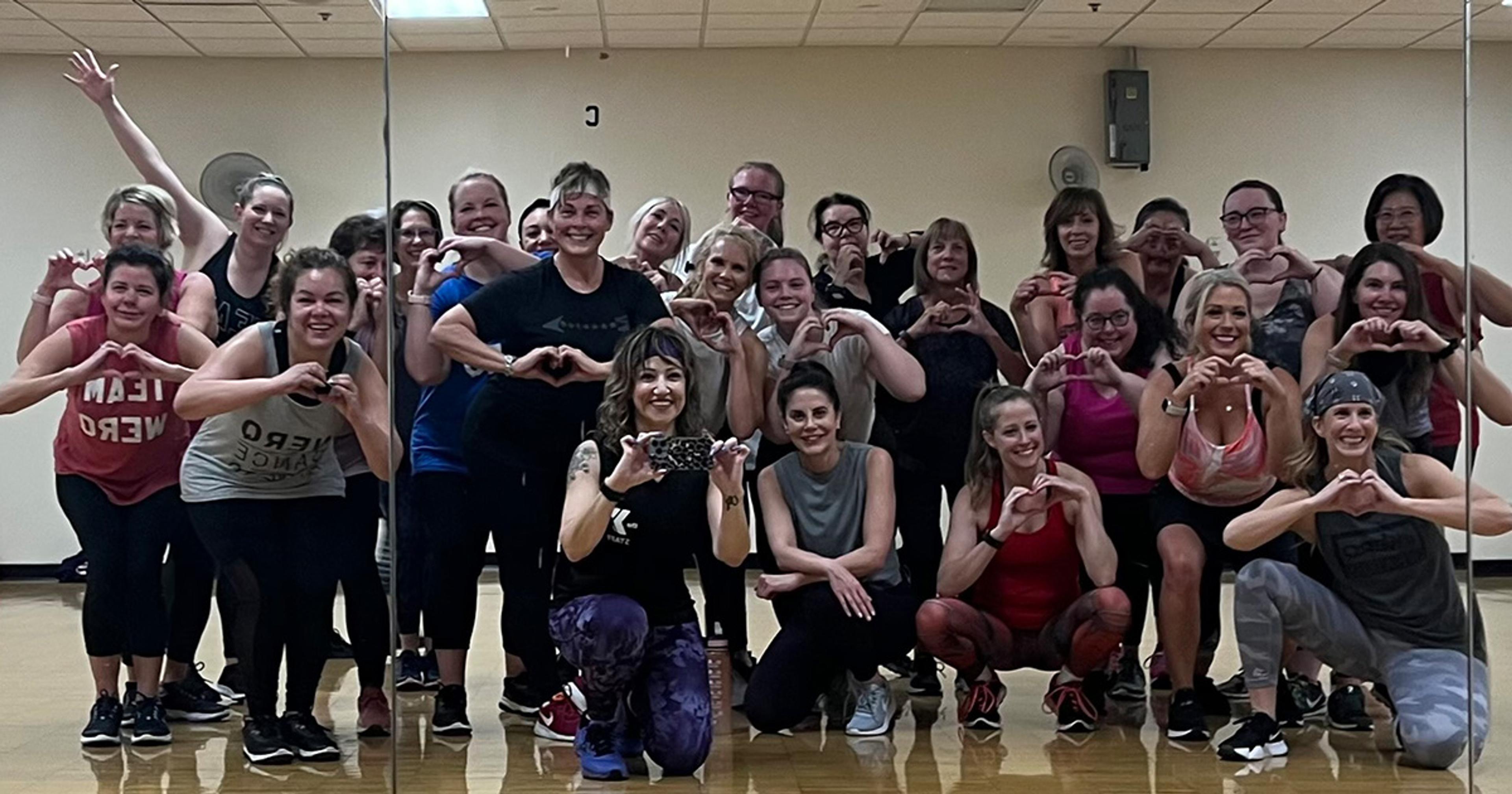Why kettlebells should become your new best friend
| 2 min read

Chances are, you’ve seen kettlebells around the gym. They are those big iron balls with a handle on them that people swing around. But if you’ve never picked one up before, you might not know what on earth they’re used for or why they are worth your time. So here’s a primer to get you comfortable with them so you can add them to your fitness regimen.
They have actually been around for a long time—there is a reference to them in a Russian dictionary from the early 1700s—and were originally a way to measure amounts of grain. They ultimately became a way to measure men’s strength as well in Russia, but it wasn’t until the early 2000s that kettlebells became a trend in the United States.
These days you can find them at almost every gym (and they are a staple of CrossFitters), but how do you use them? The most basic move is called a kettlebell swing. You hold the kettlebell with both hands in front of you, swing it through your legs, then thrust forward with your hips and swing it up in front of you. See this video for a detailed description (you need to focus on form so you don’t hurt yourself). In CrossFit, the kettlebell is swung all the way up until it’s overhead (called an American swing), but kettlebell instructors say to stop at eye-level (called the Russian swing).
And that move is just the beginning. (In fact, here are 22 different workouts you can do with kettlebells.) As for what weight to pick, men typically go with a 35-pound kettlebell and women will do anywhere from 16 pounds to 26 pounds. Choose kettlebells over traditional weight training and you’ll work more muscles at the same time and also get your heart rate up, so you’re burning more calories. What are you waiting for?
This blog post is part of #HealthyMe, a personalized web experience based on your health and wellness goals. To sign up today, visit https://www.ahealthiermichigan.org/healthyme.
Photo credit: Andrew Malone





